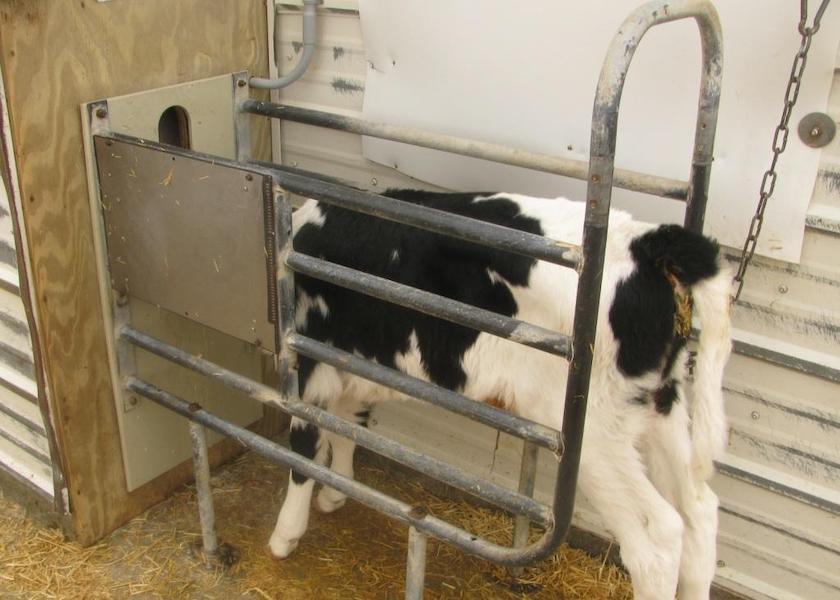“Must-haves” for Autofeeder Barns

An interesting discussion popped up recently in the private Facebook community, “Calf Kings.” The opening question: “What is something you did in your autofeeder barn you can’t live without, or something you wish you had done?”
Among the insightful answers:
- “In-floor heat around the feeding stations.”
- “Drains everywhere…especially near waterers so bedding can stay dry.”
- “A small gate on a corner somewhere to trap a calf if you need to vaccinate or work.”
- “Gate to push calves away while you clean.”
- “Build a room around the autofeeder.” Additional comments about autofeeder rooms included suggestions regarding insulation/heating; a sink with hot water; refrigerator for medications; and storage space for soaps/sanitizers, tags, veterinary supplies, hoses, and a pressure washer.
- “Waterers in every pen.”
- “Ventilation is huge.”
Brooke Vanderloop is the administrator of “Calf Kings.” She also is a calf manager and consultant for AVA Group Inc., Brillion, Wis.
Vanderloop and her mother, Colleen, raise calves from birth to nearly 500 pounds, introducing calves to group housing at about 5 days of age. While she is a staunch advocate of group housing, she cannot echo the “ventilation is huge” sentiment enough.
She believes the commonly used metric of square footage per calf should not be the primary priority around which to plan a group-housing barn that will keep calves healthy.
“The first factor that can contribute to disease pressure is stocking rates,” shared Vanderloop. “It is important to note that this is NOT a square-foot-per-calf issue. This is a ventilation and management issue that can be balanced with square foot per calf.”
She said there is a delicate-but-imperative balance between the trifecta of ventilation, management, and pen space, “but good and consistent ventilation is not up for discussion when it comes to raising healthy calves.”
Vanderloop’s additional advice to the Calf Kings: visit a number of barns and talk to their managers before you design and construct yours. While her own barn is a group-housing facility, it is not an autofeeder barn.
“We successfully raise 1,600 calves in group housing and couldn’t get the autofeeders to work for us,” she stated. “A lot of antibiotics and a lot of lost calves later, we pulled it out and went back to the old reliable way.”
A few others in the group shared similar experiences, alongside those who noted they love their autofeeder systems and are raising healthy, high-performing calves in them.
For more on autofeeders, read:
- 10 Tips for Autofeeder Success
- Autofeeders Shift Calf Management Time and Focus
- Mastering Milk Allowance in Autofed Calves







